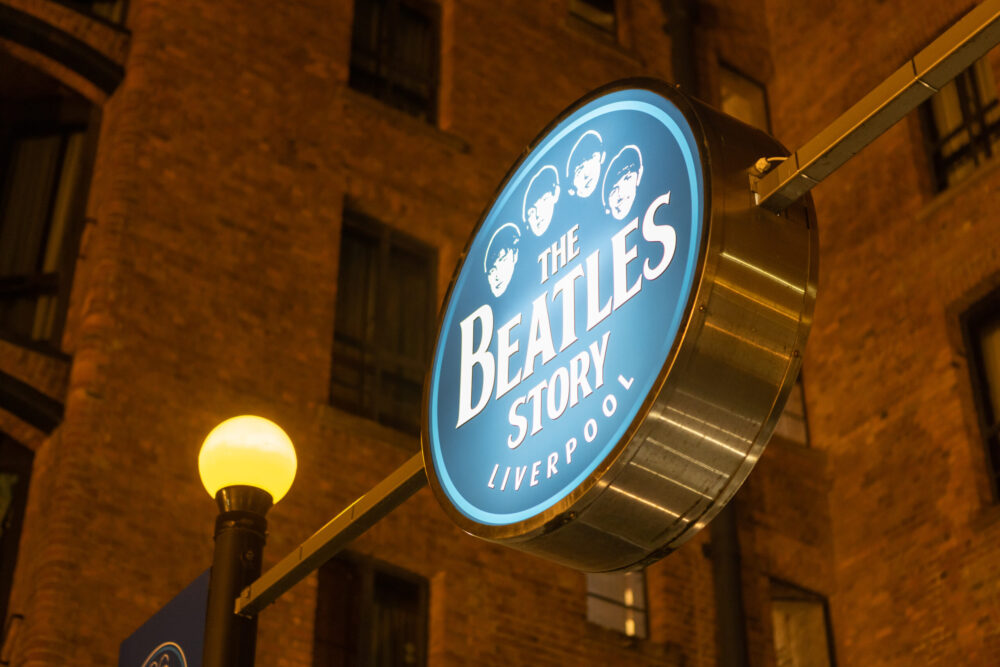
Beatles
John Lennon’s copy of ‘Rock Island Line’ finds permanent home at British Music Experience
2 years ago
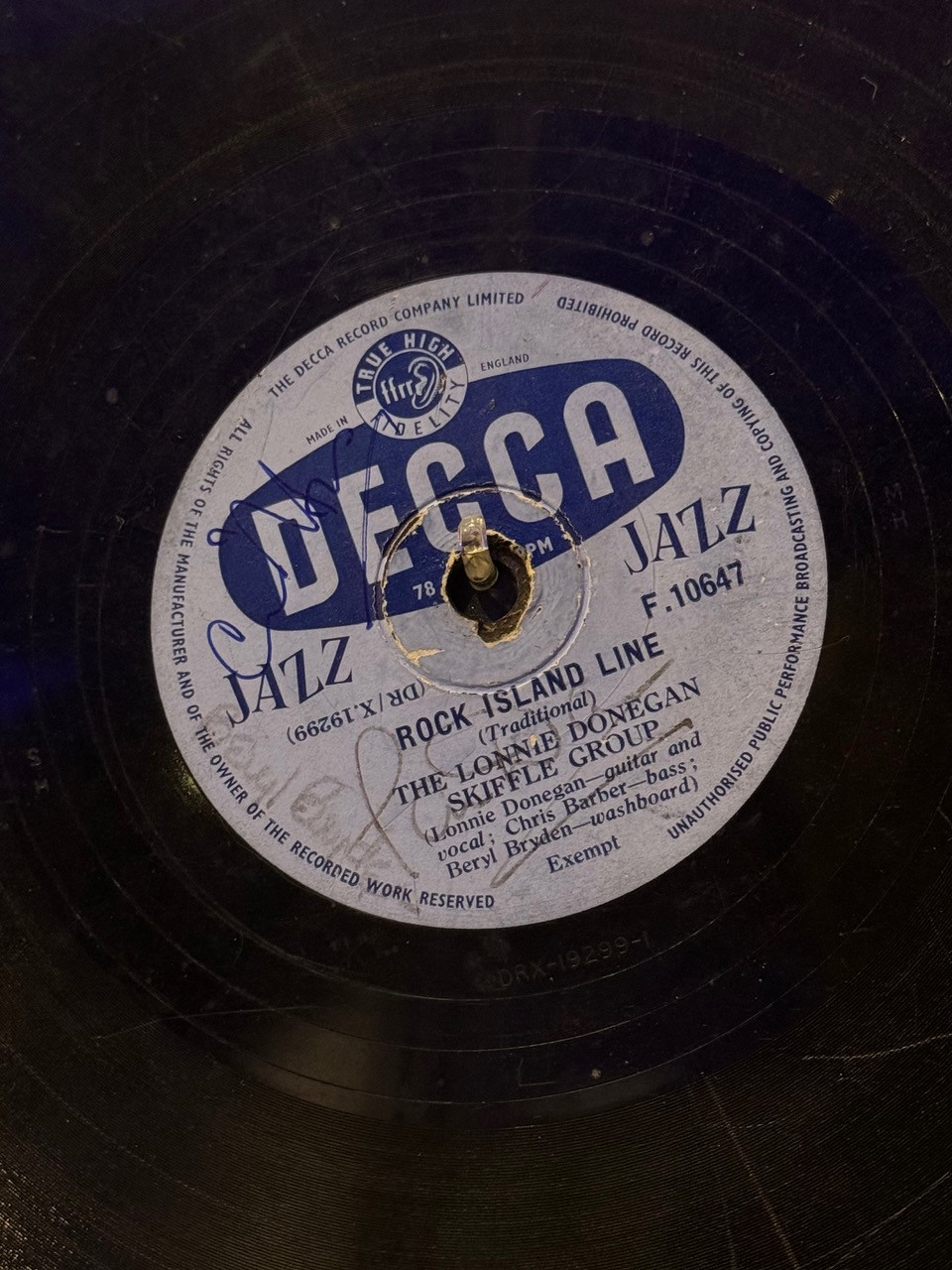
‘Rock Island Line’ was a firm favourite amongst John Lennon and his friends.
The British Music Experience has permanently acquired John Lennon’s personal copy of ‘Rock Island Line’ by Lonnie Donegan from fellow Quarryman Rod Davis.
As far as influential records go, Lonnie Donegan’s ‘Rock Island Line’ is hard to beat.
The anthem of the British skiffle movement caught the popular imagination of an entire generation of teenagers. It also inspired many of the household names we know today including Mick Jagger, Jimmy Page, Van Morrison, and, of course, The Beatles.
In Liverpool, several friends from Quarry Bank High School became caught up in the Skiffle craze and formed The Quarrymen.
Rod Davis said:
“I lived in Woolton and first met John Lennon, Pete Shotton, Nigel Walley, Ivan Vaughan and Geoff Rhind at St. Peter’s Sunday School when we were very small boys. I lived near Colin Hanton and we used to play street football together.
“I met Eric Griffiths when we both started at Quarry Bank School, and Len Garry when he became the Quarrymen’s tea-chest bass player. Eric invited me to join The Quarrymen in early 1956 just after I bought a banjo.”
‘Rock Island Line’ was a firm favourite amongst the friends. On 6 July 1957 it was included in the group’s set for their performance at St Peter’s Church garden fete.
It was at this show that John Lennon met Paul McCartney for the first time, who within just a few short months would join the band.
Davis’ tenure with The Quarrymen lasted about one year and he drifted out of the group at the end of July 1957 when the other Quarrymen left Quarry Bank School and he stayed on into the Sixth Form. In any case the group was becoming more focussed on Rock ‘n’ Roll, which did not appeal to him as a banjo player. His vacant place was filled by Paul McCartney. But before he left, Rod bought John’s copy of ‘Rock Island Line’ from him.
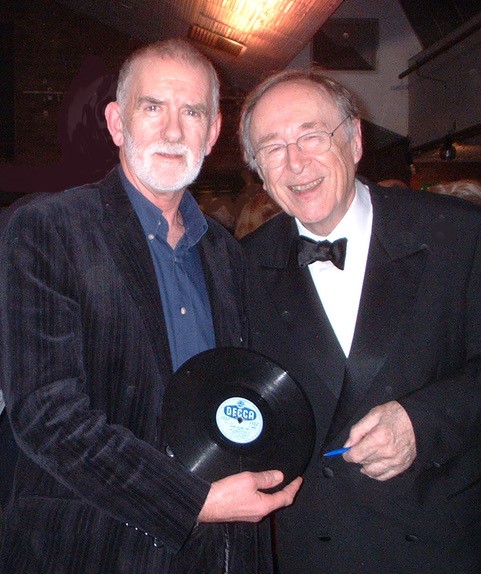
‘Rock Island Line’ and the B side, ‘John Henry’, were originally recorded on 13 July 1954 and appeared on the Decca 10 inch LP of Chris Barber’s Jazz Band, entitled “New Orleans Joys”.
Decca later released pairs of tracks from this LP on their 78rpm Blue Label Jazz series. ‘Rock Island Line’ was issued on a 78 in November 1955 and reached No 6 in the Hit Parade in January 1956.
The paper label has since been signed by Donegan himself as well as the hugely influential Chris Barber and by washboard player Beryl Bryden. Eagle-eyed visitors to the museum will note the damage to the centre hole.
Rod Davis said:
“The damage was caused by John putting it on the turntable of his wind-up gramophone, my father stuck a piece of plastic over the hole on the “B” side and re-drilled the hole.”
This single object is a curator’s dream, bringing together the varied threads of music in post war Britain. Born in the heart of the Trad Jazz scene, an anthem of the Skiffle craze, and inspiration for pop, rock, and blues of the 1960s.
It represents the birth of British popular music.
Describing the importance of the museum permanently acquiring the object and it being on display in Liverpool,
Rod added:
“I am thrilled this object which is so meaningful to me and tells so many stories will stay on public display at the British Music Experience. It is even more important that it stay in Liverpool and for generations to come and learn about the beginnings of the UK popular music scene which exploded from the streets where we played football as children.”
Head of UNESCO City of Music for Liverpool, Kevin McManus said:
“Well done to the BME for securing this amazing piece of pure pop music history. And a big thank you to Rod Davis for working with BME to ensure that this fascinating piece of memorabilia is staying in its spiritual home in Liverpool at a place where this unique artefact can be enjoyed by all.”
All general entry tickets purchased to the British Music Experience are valid for 12 months and each eligible visitor has the opportunity to support the Museum by Gift Aiding the cost of admission.




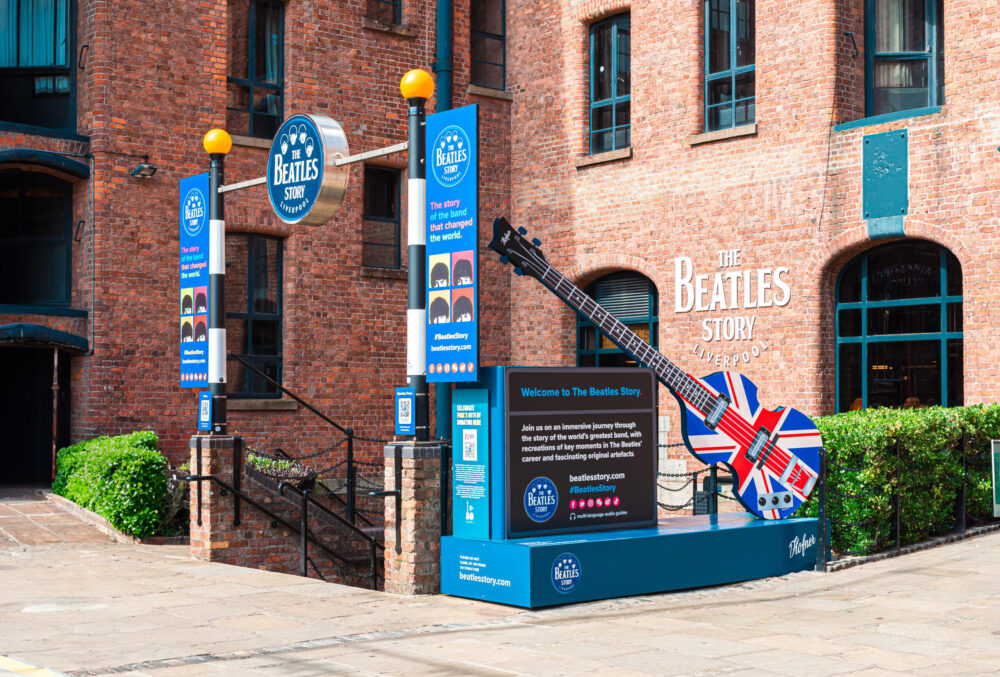

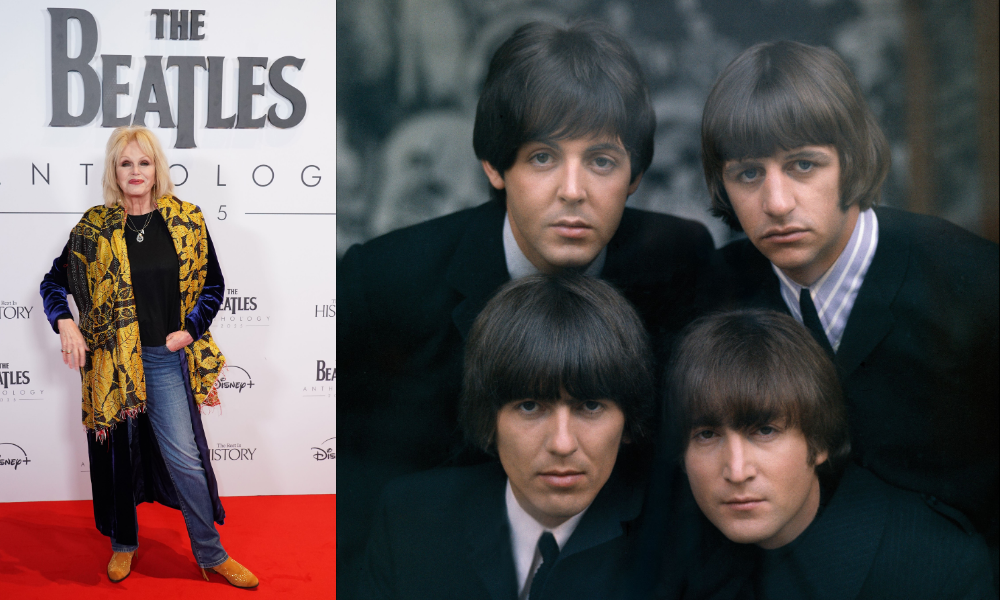
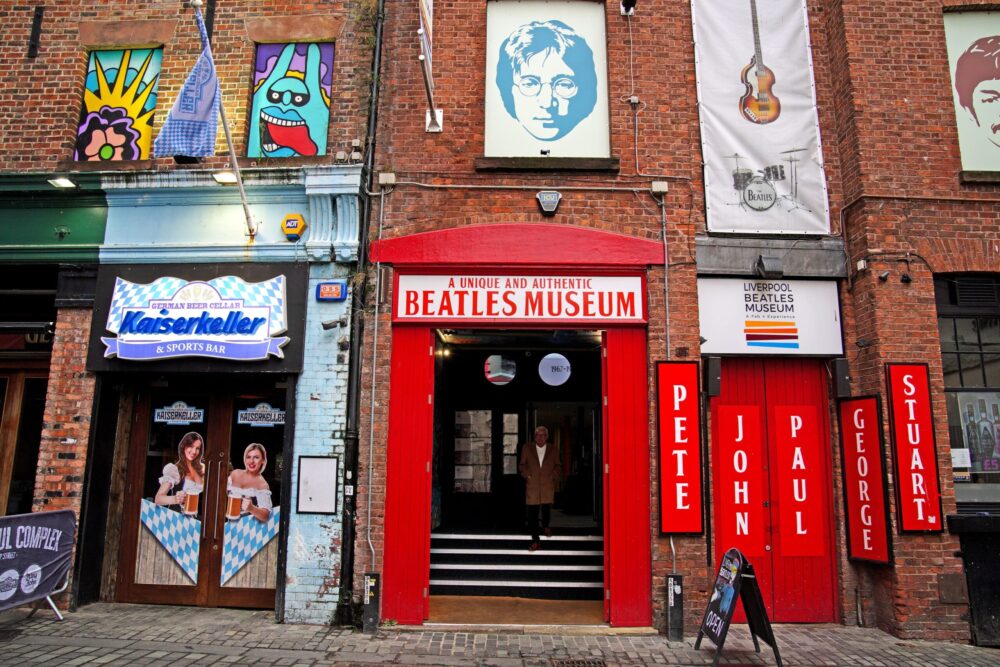
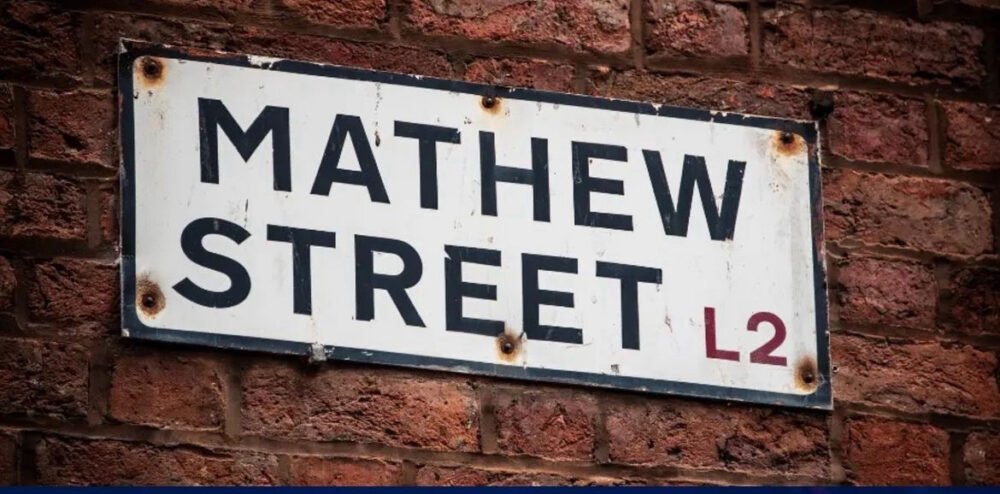
 Subscribe
Subscribe Follow Us
Follow Us Follow Us
Follow Us Follow Us
Follow Us Follow Us
Follow Us Follow Us
Follow Us











